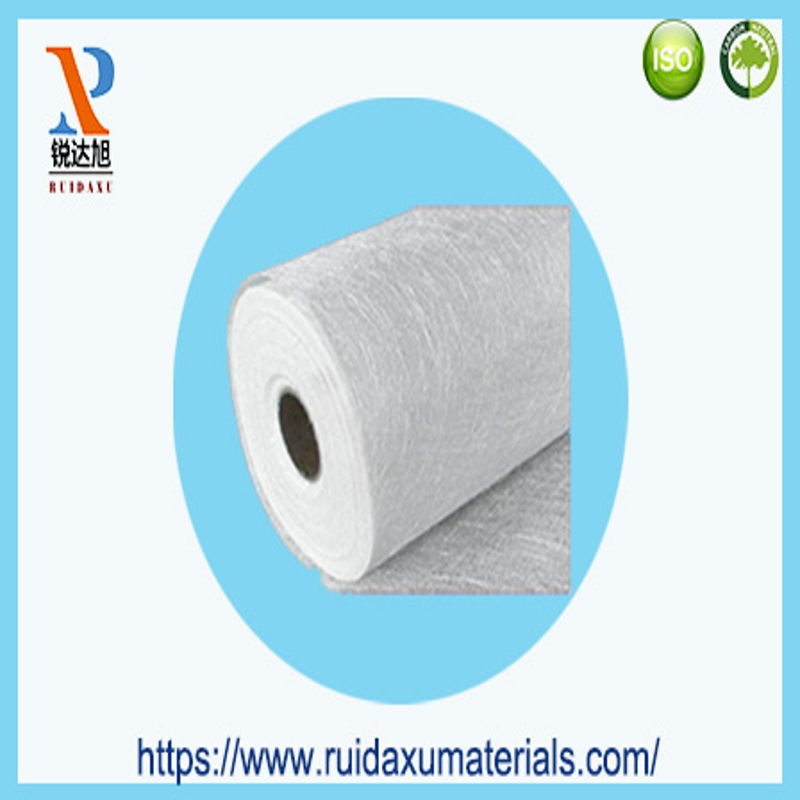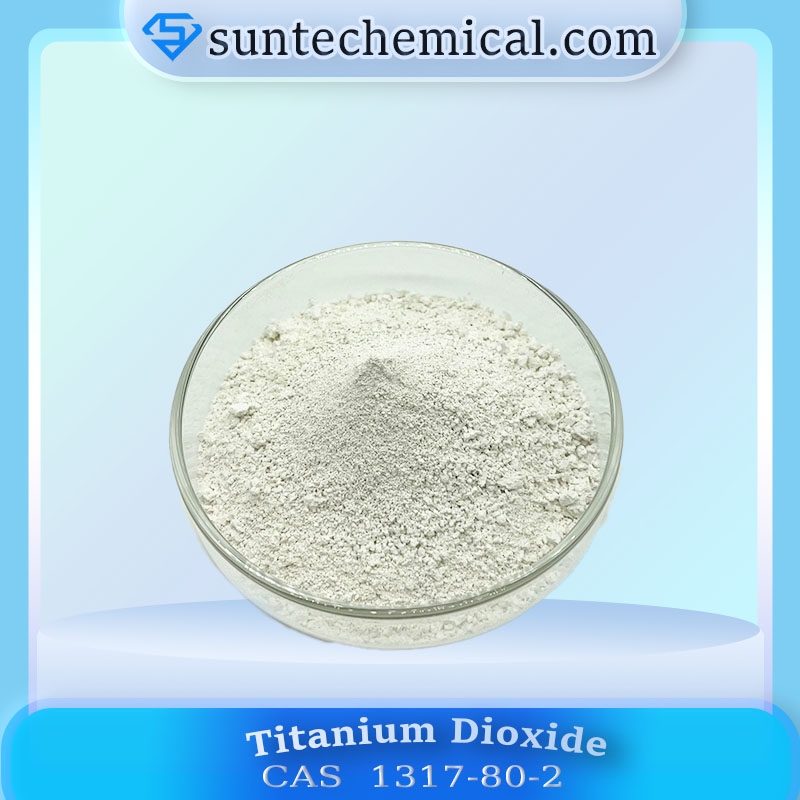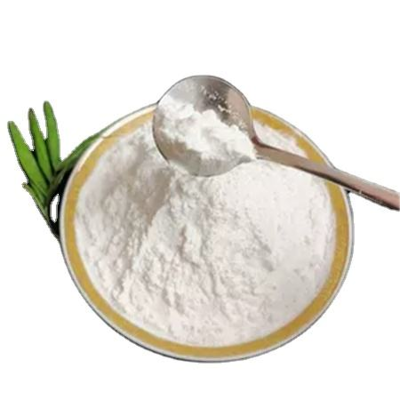-
Categories
-
Pharmaceutical Intermediates
-
Active Pharmaceutical Ingredients
-
Food Additives
- Industrial Coatings
- Agrochemicals
- Dyes and Pigments
- Surfactant
- Flavors and Fragrances
- Chemical Reagents
- Catalyst and Auxiliary
- Natural Products
- Inorganic Chemistry
-
Organic Chemistry
-
Biochemical Engineering
- Analytical Chemistry
-
Cosmetic Ingredient
- Water Treatment Chemical
-
Pharmaceutical Intermediates
Promotion
ECHEMI Mall
Wholesale
Weekly Price
Exhibition
News
-
Trade Service
Organic pigments have been widely used in latex paint and ink formulations. Because organic pigments are not only insoluble in organic solvents, but also many organic pigments have similar structures, the analysis and description of their structure is challenging. In the past, all organic pigment measurement methods were based on solvent extraction, filtration and purification
in
. These traditional techniques are extremely cumbersome, time-and-effort, and the data value derived is very limited due to the different analysts.
solution to the difficulty of data
Frontier's Py-GC/MS provides a revolutionary solution for analyzing organic pigments in complex systems in the paint, ink and coating industries. Direct analysis of samples does not require pre-treatment, such as solvent extraction. The lyses are separated directly on the high-resolution column and identified using spectral (MS) and reserved (GC) values. This technique can be used for qualitative and quantitative analysis and allows multiple and custom analysis of the same sample.
"Method Map" for Organic Pigment Analysis
We have developed a series of technologies called "Method Maps" that use multi-functional cracking furnace EGA/PY-3030D combined with desktop GC/MS to chemically identify organic pigments. These techniques are suitable for almost all organic materials, from volatiles to polymers. In fact, the technique provides scientists with two simple steps to determine the parts of any unknown sample.
first step in developing test methods using this technology is to drop samples into relatively low-temperature furnaces for escape gas analysis (EGA). The furnace is then set to a higher temperature. As the temperature increases, the sample's part compounds "gradually escape". Then the response curve of the furnace changes with the temperature. The EGA example in Figure 1 contains two heat sensing areas.
then use the EGA heat map to determine the next step in the analysis method. In the example above, a sample can be introduced at 300 degrees C to parse the "volatiles" in the sample -- only compounds in a sample below 300 degrees C escape and are transported to the top of the column for analysis. If you respond to both the "volatile" part and compounds with higher boiling points, you can detect them in two steps, and you may need to add a low-temperature cold trap. The low-temperature cold trap refocuses the responding volatile analytical material on the head of the column in order to take full advantage of the separation capability of the column. First, the sample is dripped into the furnace to hotly extract volatile compounds at 300 degrees C. Volatiles gather at the top of the column and are separated on the column. In the gas chromatography analysis of volatiles, samples are extracted from the furnace. After completing the GC operation, reset the GC furnace, raise the temperature of the cracking furnace to 550 degrees C, and then drop the sample into the furnace for pyration. The thermolyte is trapped at the top of the column and then separated.
cracking furnaces are widely used in the coatings and coatings industry. This technical application note details the methodology of "method diagrams" of some organic pigments.
experiment
this work used Frontier Py-GC/MS analysis method to analyze relatively large samples with a molecular weight (approximately 1000 molecular weight), and non-volatile pigments included retractable heavy nitrogen pigments with similar structures, anatrophic pigments, and nitrous oxide pigments.
first step in the technology is the EGA technology to personally personality organic pigments. EGA-MS is tested by programming a warming rate of 20 degrees C/min over a temperature range of 100 to 600 degrees C.
second step is to analyze the responsive spectrometry from the EGA heat map. Py-GC/MS was used to py-GC/MS to perform pyration analysis of 35 organic pigments at 600 degrees C. An organic pigment library is established using F-search (four unique libraries of cutting-edge search engines) and sample data is processed using MS. The spectral information analyzed by Py-GC/MS is combined into a retrievable MS database using a cutting-edge F-search engine. Other organic pigments can then be easily added to the database. Eventually, when faced with unknown samples, the pigments can be identified using this "pigment" database.
results and discussions
EGA-MS and Py-GC/MS' analysis of pigment yellow 93 and pigment yellow 94 is shown in Figures 2 and 3. The molecular structure of the two pigments is similar. This data is used to build databases to identify unknown pigments with similar structures. Py-GC/MS is useful when analyzing samples containing a wide range of pigments, as the pymolyte products of each pigment can be separated, identified and quantified. The technology provides detailed information (the name, structure and molecular weight of the compound) without the need to prepare samples and add solvents, making PY-GCMS a promising analytical tool. In this industry, the difficulty of analyzing samples becomes relatively simple1.
conclusion
multi-effect thermolyte furnaces in coating laboratories provide many advantages and keep the improvement of product quality up to date. In fact, almost any material (liquid or solid) can be chemically expressed using this technique. This method ensures reproducibility and accuracy in every aspect of the inspection system to ensure the system's credibility and data quality. All interfaces in contact with the sample are quartz or indesome stainless steel. There are no transmission lines and no cross contamination. The system also increases laboratory productivity, such as sample pre-processing time of no more than 5 minutes, and then heating or cooling in a low-quality ceramic furnace during the recording time for efficient, continuous sample analysis. This technique requires only a small number of samples, reducing the cost of sample transport, handling and disposal. In addition, no solvent is required to analyze the sample.
reference
Frontier Laboratories Ltd. 1-8-14 Saikon, Koriyama, Fukushima 963-8862 JAPAN. Phone: (81)24-935-5100. Fax:(81)24-935-5102.
。







